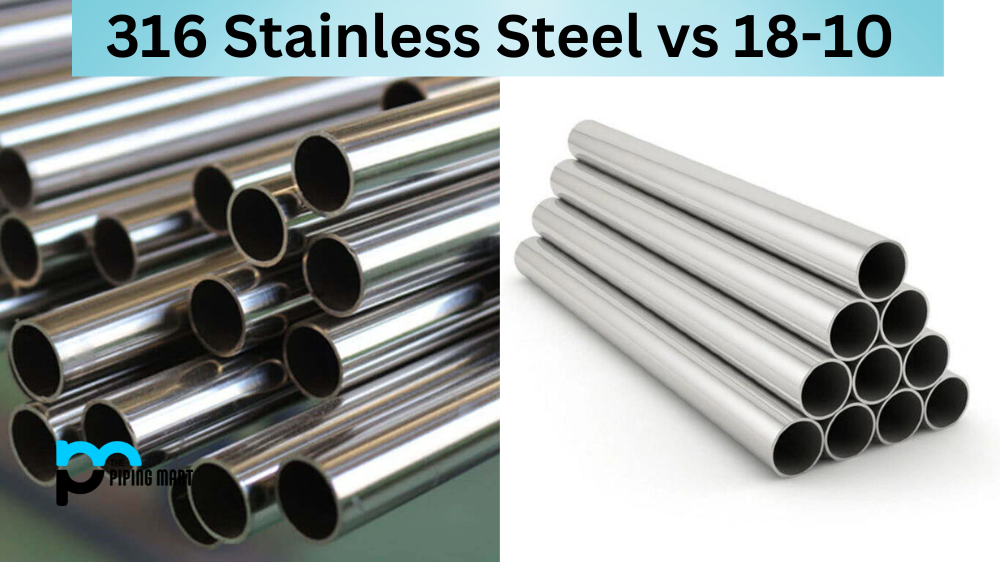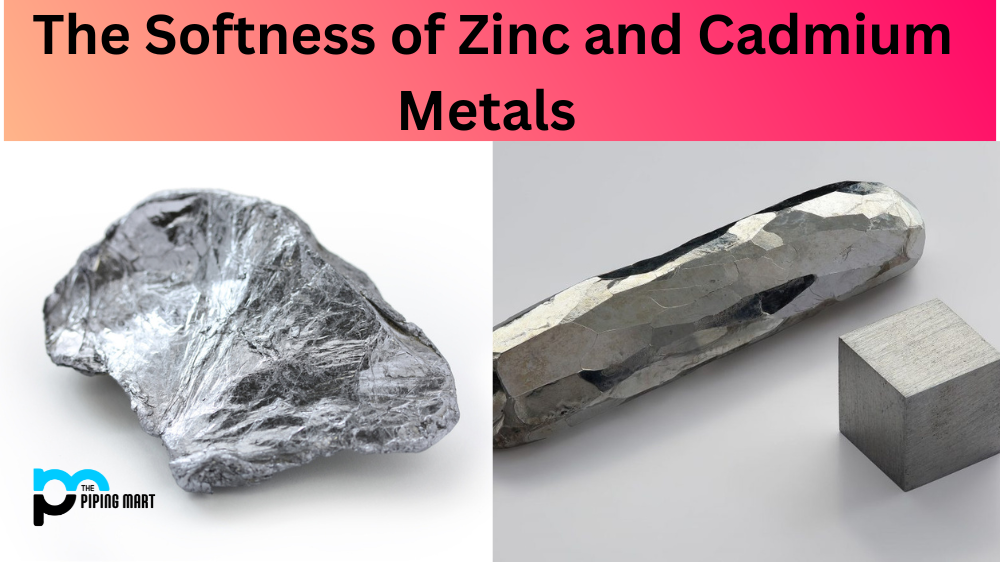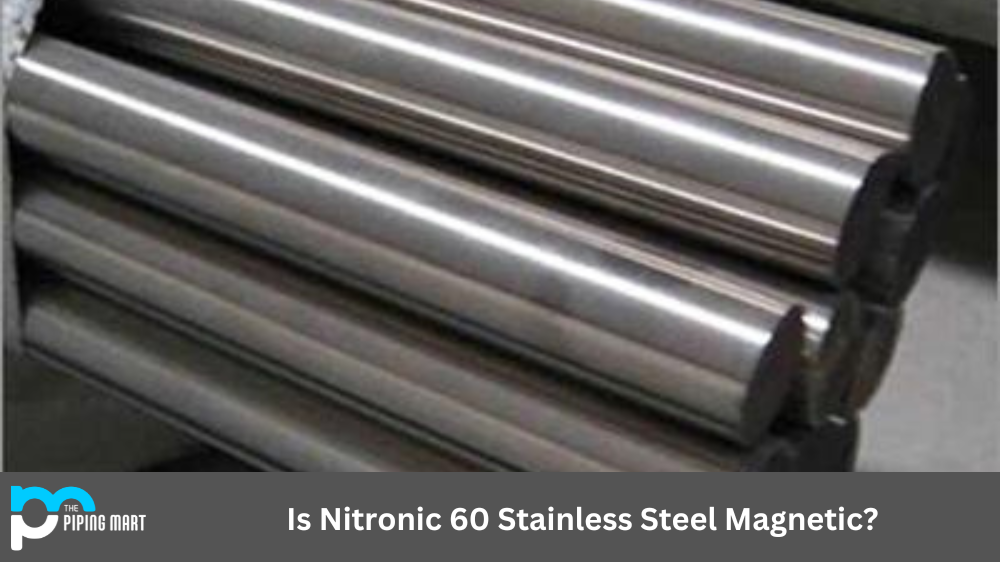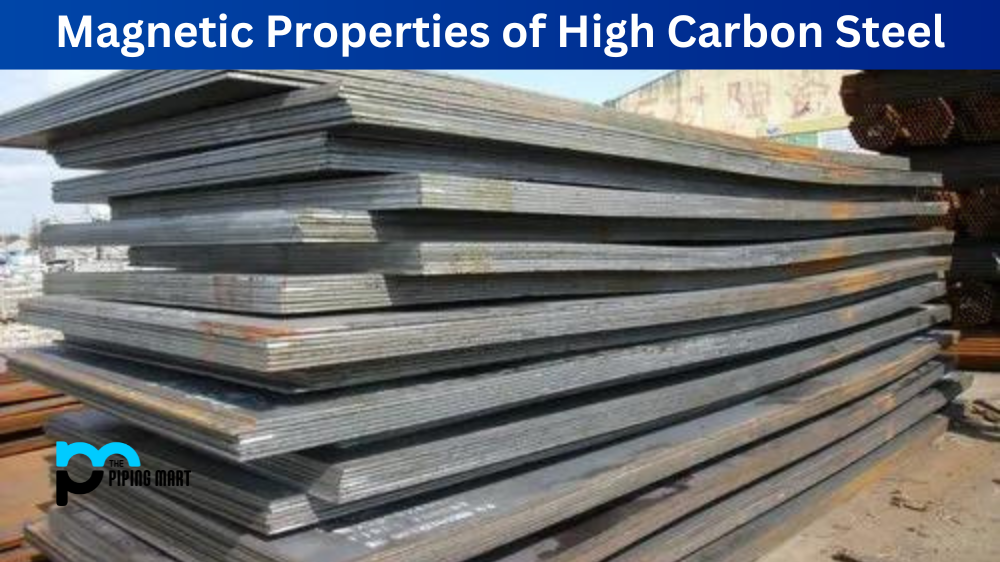You may notice many options if you’re looking for new cookware. Two of the most common types of stainless steel used in cookware are 316 stainless steel and 18/10 stainless steel. While they may look similar, the two have quite a few differences. In this blog post, we’ll look in-depth at 316 stainless steel vs 18/10 and help you decide which option is better for your cooking needs.
Difference Between 316 Stainless Steel and 18-10
Composition
The composition is the first major difference between 316 stainless steel and 18/10 stainless steel. 316 stainless steel contains 16-18% chromium, 10-14% nickel, 2-3% molybdenum, and trace amounts of other elements. On the other hand, 18/10 stainless steel contains 18% chromium and 10% nickel. Molybdenum in 316 stainless steel makes it significantly more corrosion-resistant and pitting-resistant than 18/10 stainless steel. This makes it a better choice in environments with high salt or other corrosive substances.
Durability
Another important factor to consider when choosing cookware is durability. 316 stainless steel and 18/10 stainless steel are very durable, but 316 stainless steel is generally considered the more durable. This is because it has higher corrosion resistance and is less likely to be damaged by wear and tear. However, both types of stainless steel are very strong and will last many years with proper care.
Heat Resistance
When it comes to heat resistance, both 316 stainless steel and 18/10 stainless steel are excellent choices. Both types of stainless steel can handle high temperatures without warping, discolouring, or otherwise being damaged. Additionally, both types of stainless steel are very efficient at conducting heat, which means they will heat up quickly and evenly.
Price
The last factor to consider when choosing between 316 stainless steel and 18/10 stainless steel is price. Generally, 316 stainless steel is more expensive than 18/10 stainless steel. This is because it is a more specialized alloy that is more expensive to produce. However, if you need the added corrosion resistance and durability of 316 stainless steel, the higher price may be worth it in the long run.
Conclusion
In conclusion, 316 stainless steel and 18/10 stainless steel are excellent choices for cookware. However, it may be worth the higher price tag if you need the added corrosion resistance and durability of 316 stainless steel. If you’re on a budget and don’t need the added corrosion resistance, 18/10 stainless steel is also a great option. Ultimately, the choice comes from your individual cooking needs and budget. Regardless of your choice, both types of stainless steel will provide you with a durable and long-lasting option for your cookware needs.

Abhishek is a seasoned blogger and industry expert, sharing his insights and knowledge on various topics. With his research, Abhishek offers valuable insights and tips for professionals and enthusiasts. Follow him for expert advice on the latest trends and developments in the metal industry.




